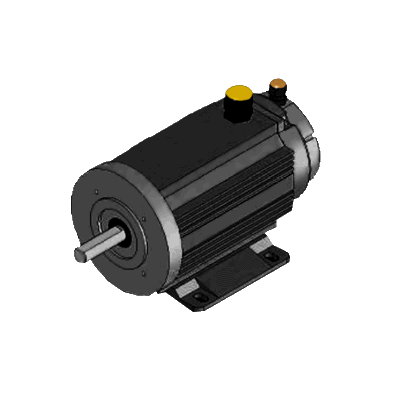Electric Motor Generator
| Electric Motor Generator | ||
|---|---|---|
| Home | Research & Development | Bill of Materials | Manufacturing Instructions | User's Manual | User Reviews | 
| |
see also: Hydraulic Motor
Overview
The Electric Motor serves the function of converting electrical energy into mechanical energy and vice-versa.
Detailed Description
Most electric motors operate through the interaction of magnetic fields and current-carrying conductors to generate force. The reverse process, producing electrical energy from mechanical energy, is done by generators such as an alternator or a dynamo; some electric motors can also be used as generators.
The ideal GVCS motor is one that meets OSE Spec for appropriate scale and ease of fabrication.
While many heavy-duty GVCS technologies are powered by Hydraulic Motors, many of the smaller, more precision actuation is left to Electrical Motors.
Product Ecology
Uses
 Battery
Battery Universal Power Supply
Universal Power Supply- Charge Controller
 3D Printer - Insulator parts
3D Printer - Insulator parts Rod and Wire Mill - Copper wires
Rod and Wire Mill - Copper wires
Powers
 3D Printer
3D Printer CNC Circuit Mill
CNC Circuit Mill Multimachine - Shaft
Multimachine - Shaft CNC Torch Table
CNC Torch Table Laser Cutter
Laser Cutter Industrial Robot
Industrial Robot Welder - Wire feed
Welder - Wire feed Solar Concentrator - Tracking
Solar Concentrator - Tracking Multimachine - CNC Components
Multimachine - CNC Components Car
Car
Powered by
See Product Ecologies for more information.
Components
- Housing
- Wiring
- Magnets
- Power
- Controller
- Stepper
Status
The Electric Motor Generator is currently in the Research Phase of product design.
See Also
- Stepper Motor
- Appropedia: Comparison of electrical motors - types and applications, 3D models.
- Wikipedia: Electric Motor
- Wikipedia: Electrical Generator


